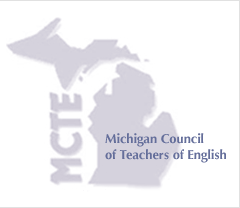Abstract
A major, stated goal of the Common Core State Standards (CCSS) for the English Language Arts (ELA) is to provide equal, quality education in literacy for all students in order to reduce opportunity gaps and to prepare high school graduates of all backgrounds and all levels of ability for the demands of college and career. The authors of the CCSS claim that the ELA Standards raise the literacy bar for all students without either constituting a literacy curriculum or dictating literacy pedagogy. However, in both their publications and their public presentations, the CCSS authors have consistently denigrated certain teaching strategies and promoted other pedagogical approaches that, in their view, are far more likely to help a broader spectrum of students to achieve the ELA Standards. In this paper, we argue that some of the CCSS authors’ preferred approaches to instruction in literature run counter to decades of reliable research. Indeed, we argue that, far from leveling the playing field, the authors’ curricular and pedagogical recipes are likely to maintain and even exacerbate existing opportunity gaps, especially for our most vulnerable and at-risk students.
Recommended Citation
White, Brian and Matteoni, Lindsy
(2018)
"“All the kids we are most concerned about”: Putting the At-Risk at Greater Risk by Teaching to the Common Core,"
Language Arts Journal of Michigan:
Vol. 33:
Iss.
2, Article 11.
Available at: https://doi.org/10.9707/2168-149X.2181
Publication Date
5-2018
Included in
Curriculum and Instruction Commons, Language and Literacy Education Commons, Secondary Education Commons

